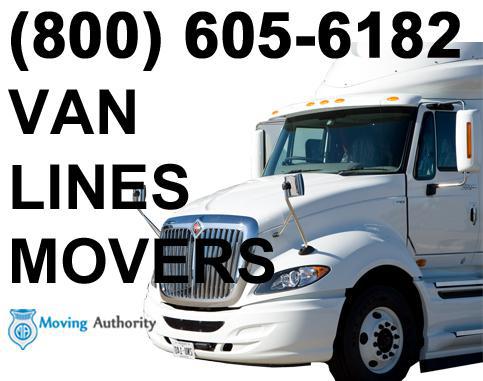
Northwest Moving Services
4/5
(360) 757-3000
(360) 757-3000
1261 Bouslog Rd
Company's Membership needs to be upgraded. Please Become a Member pressing below.
Become a member<a href="/best-movers/Washington/Burlington/northwest-moving-services/"><img width="150" height="133" src="/static/common/images/badge-1.webp" alt="MovingCompany" /></a>To see full content of an review, just click on card that you want to see.

Add a Review